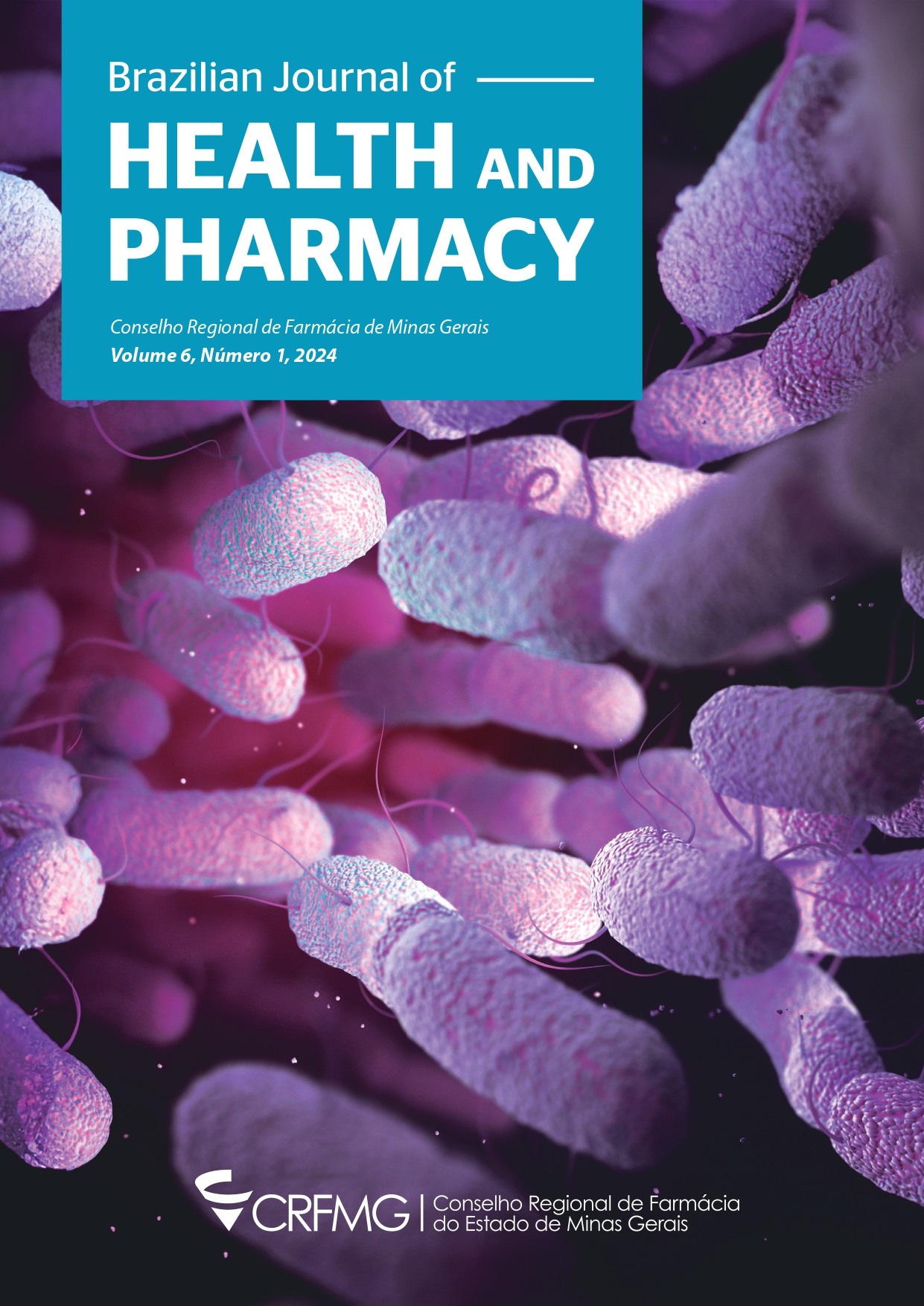Abstract
Urinary tract infections (UTIs) are common in clinical practice and gram-negative bacteria of the Enterobacteriales order, highlighting Escherichia coli, Klebsiella spp., Enterobacter spp., Proteus spp., and gram-negative non-glucose fermenters are the main uropathogens. The treatment of UTIs is usually instituted empirically using fluoroquinolones, but bacterial resistance to these drugs has been increasing. Potentially uropathogenic species can be part of the human and animal microbiota and reach the sewers, where they are less studied. This work aimed to investigate the presence of potential gram-negative uropathogens resistant to ciprofloxacin, as well as determine the susceptibility profile to antimicrobials, in a sample collected in a spontaneously draining domestic sewage in a city in the center-west region of Minas Gerais. One liter of sewage was collected and 100 µL of the sample (diluted and crude) were inoculated in brain and heart infused broth and, subsequently, in MacConckey agar supplemented with 4 µg/mL of ciprofloxacin. Biochemical-physiological tests and chromogenic agar were used to identify the isolates. The susceptibility profile of the isolates was determined by the disk-diffusion method, and the production of extended-spectrum beta-lactamase (ESBL) was investigated phenotypically. A total of 31 gramnegative ciprofloxacin-resistant isolates were recovered, all belonging to the order Enterobacteriales: E. coli (n = 27), Klebsiella pneumoniae (n = 2), Klebsiella oxytoca (n = 1) e Pantoea agglomerans (n = 1). The susceptibility profile revealed a high rate of resistance among these isolates to trimethoprim-sulfamethoxazole (77.4%), amoxicillin/clavulanic acid (48.4%), aztreonam (25.8%) and fosfomycin (22.5%). Among the 31 Enterobacteriales isolates, eight (25.8%) were ESBL-positive. The data obtained reveal that potential ciprofloxacin-resistant uropathogens circulate outside the clinical environment and, because they are in sewage, they can reach water courses, constituting a risk to the health of the population.

